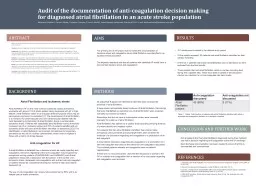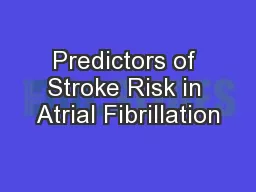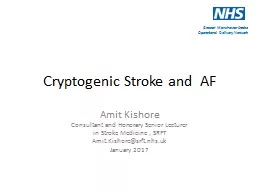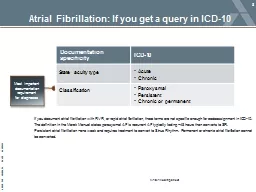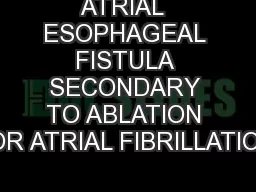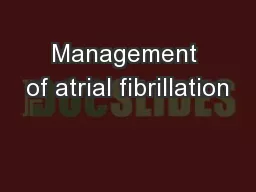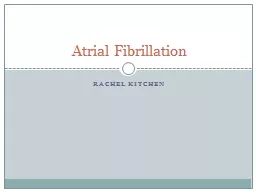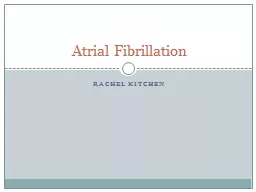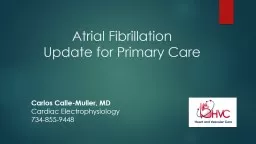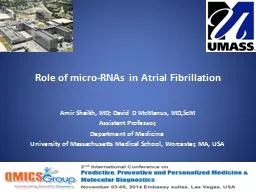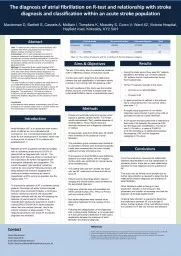PPT-Audit of the documentation of anti-coagulation decision making for diagnosed atrial fibrillation
Author : Aquamarine | Published Date : 2022-08-02
Maclennan D Bartlett S Cassels A McBain I Tompkins K Mcauley S Cvoro V Ward 42 Victoria Hospital Hayfield road Kirkcaldy KY2 5AH email davidmaclennannhslothianscotnhsuk
Presentation Embed Code
Download Presentation
Download Presentation The PPT/PDF document "Audit of the documentation of anti-coagu..." is the property of its rightful owner. Permission is granted to download and print the materials on this website for personal, non-commercial use only, and to display it on your personal computer provided you do not modify the materials and that you retain all copyright notices contained in the materials. By downloading content from our website, you accept the terms of this agreement.
Audit of the documentation of anti-coagulation decision making for diagnosed atrial fibrillation: Transcript
Download Rules Of Document
"Audit of the documentation of anti-coagulation decision making for diagnosed atrial fibrillation"The content belongs to its owner. You may download and print it for personal use, without modification, and keep all copyright notices. By downloading, you agree to these terms.
Related Documents

